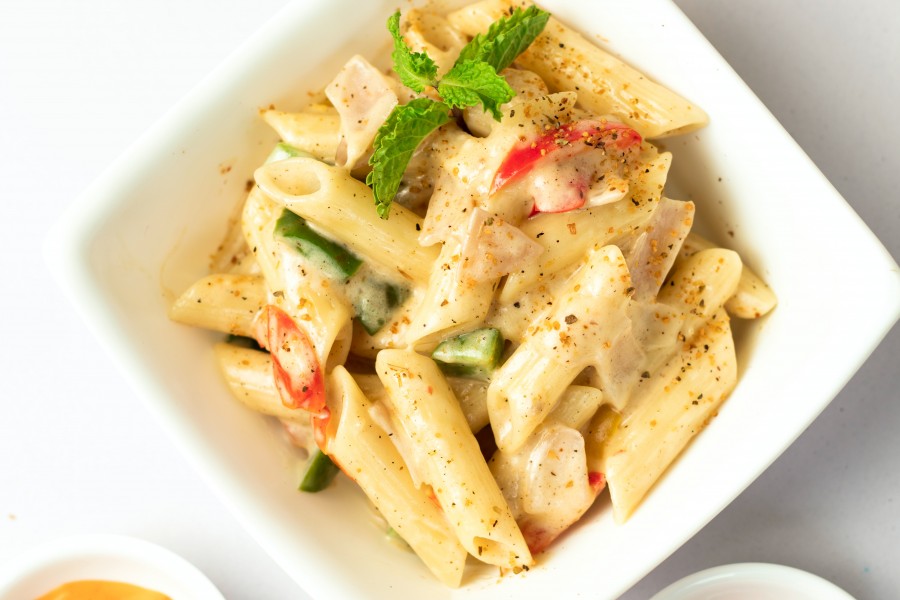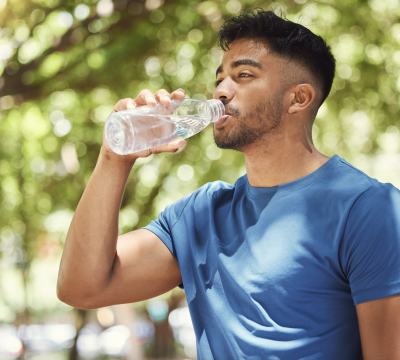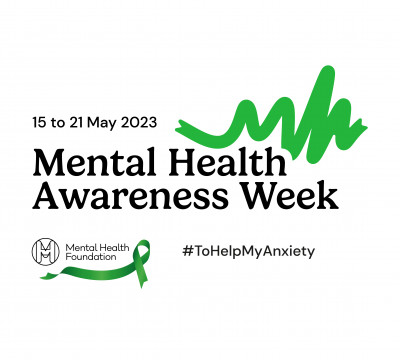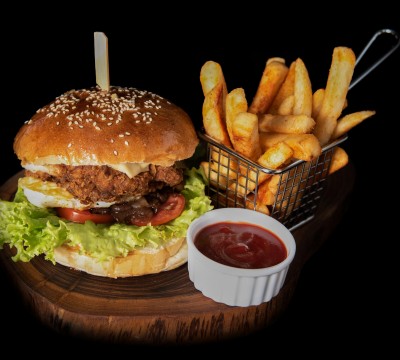
Pasta Myth Buster
What are the health benefits?
Carbohydrates can be split into three main categories which consist of sugars, starches, and fibres. Pasta fits in the fibre category which is vital for boosting energy and providing key nutrients that promote heart-healthy fibres, vitamins, and minerals. So not only does cutting carbohydrates from your diet cause insufficient energy levels, but they can also reduce the ability of your muscles to create lean muscle tissue.
It’s also discussed that the slow release of carbohydrates can keep blood sugar levels steady, which can also assist appetite control.
It’s advised that whole-wheat pasta is the most nutritious source of pasta, containing double the amount of fibre, magnesium, and potassium in comparison to normal pasta.
What are the health negatives?
Consuming large portion sizes or creamy sauces can be usually associated with weight gain. This can be explained by the consumption of energy being a higher amount than worked off so it will be consequently stored as fat.
Carbs can be harder to burn off due to them being absorbed at a slower rate into our systems.
Is it beneficial for a pre-workout?
There can be a crossover of opinions when it comes to this. Our conclusion is that a pasta dish can be beneficial when it’s used in moderation. Nick Mitchell, CEO of Up Fitness, states for a pre-workout: ‘You want fat and protein because you need stable sugar levels.’
Discovery Health also advises that a high carbohydrate, low-fat meal that has a moderate amount of protein is easy to digest and will help you maintain your blood sugar before a workout. Some examples of a great pre-workout meal could consist of oatmeal, whole-grain toast, or a turkey sandwich on whole-grain bread.
Is it beneficial for after a workout?
Studies suggest that exercise uses your muscles for energy and nourishment instead of fat storage. So ideally, this would be the time you could take the most advantage of having a substantial amount of carbohydrates such as pasta, potato, bread and rice.
To break it down, your body glycogen is used as fuel during exercise and consuming carbs after your workout helps to revitalise them.
The activity you’re participating in can affect the rate at which your glycogen is stored. For instance, endurance sports cause your body to use more glycogen than resistance training.
Endurance sports can include such activities as running, swimming, etc., which may entail you need to consume more carbohydrates than a bodybuilder.
A helpful tip is trying to consume protein and carbs in a ratio of 3:1 (carbs to protein), as consuming both carbs and protein after a workout can capitalise on protein and glycogen synthesis.
What’s the overall verdict?
To conclude, the information discussed above suggests that pasta is best consumed after workouts. It also demonstrates that it’s valuable before workouts, provided that it’s in reasonable portions with protein to maintain a healthy and nutritional diet.
This supports the statement that too much of any food can be damaging to your health.
Other news you may like

Top Tips for Staying Hydrated this Summer
Six practical tips to help you increase your water intake this summer.
More
Mental Health Awareness Week: Anxiety
15-21 May 2023 is Mental Health Awareness Week in the UK. Here are seven tips to help cope with anxiety.
More
